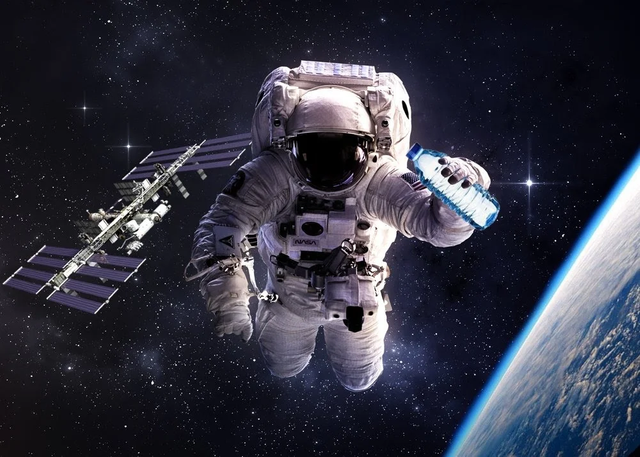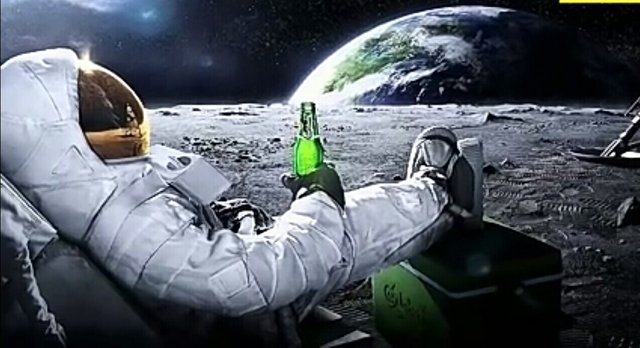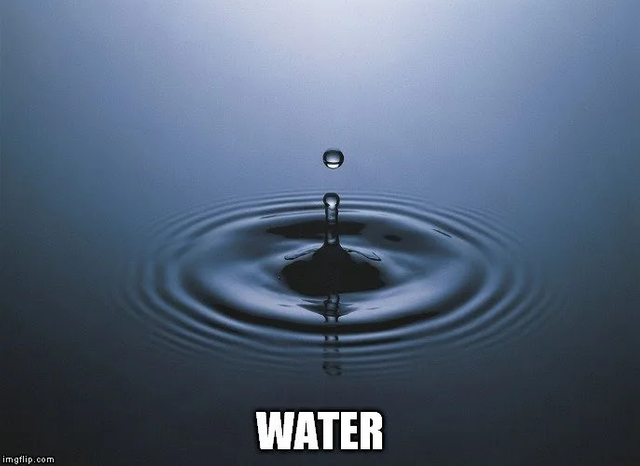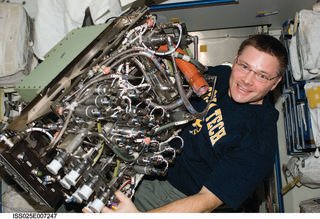Drink water in space,,,,,,
Hi friends....
- *How Do Astronauts Get Drinking Water In Space?💘


When it comes to taking stuff into space, astronauts and their mission control teams are some of the world’s most incredibly efficient packers. In fact, they have to be, because carrying stuff into space is extremely expensive. Even the tiniest things have to be logged, documented and accounted for before taking it on the voyage to space.
- *Can you guess what is perhaps the most important carry-on, and also outstandingly heavy?

Things being what they are, do space travelers tote all the water they have to keep going for a couple of months in space? If not, how do space travelers get their hands on savoring water space?
- *Why don't they send water tanks into space?
The most remote people have ever lived, and keep on living, from Earth is a spaceship called the 'Worldwide Space Station' or essentially the 'ISS'. It is essentially a lab that circles our planet and never-endingly plays host to a couple of space explorers who invest energy there for look into or other operational purposes.
🎈🎈The way they 'make' drinkable water on the ISS
- *What does one do when there is a settled measure of water accessible installed and for all intents and purposes no way to recharge its supply?

Indeed! That is precisely what space travelers do. In case you're living on the ISS, you will lose a specific measure of water each time you breathe out or sweat. A solitary breath or a drop of sweat may not be much as far as recharging the water supply, however the ISS is intended to help a team of six individuals (in addition to guests), and everybody sweats and breathes out. The vapors made by these demonstrations of exhalation and sweating help to keep up the encompassing lodge dampness, and are in the long run consolidated and used to recharge the general water supply of the ISS.
The ISS has a perplexing water administration framework that concentrates each and every drop of water it can get to, regardless of whether it originates from individuals' breath, reused shower water, buildup from hand-washing and oral cleanliness, space travelers' sweat and even pee! "It suggests a flavor like filtered water, as long as you can mentally move beyond the point that it's reused pee and condensate that leaves the air," says Layne Carter, who deals with the ISS water framework from the Marshall Flight Center in Alabama.
🎈🎈Water Production in Space: Thirsting For A Solution

Creating and keeping up water generation on the International Space Station is essential for keeping the group alive and additionally supporting cleanliness and gear capacities, yet it shows somewhat of a test. Verifiably, about portion of station's necessities were met by reusing utilized water and the rest by conveyances from going by freight vehicles. That isn't perfect, and there's a considerably more noteworthy purpose behind reevaluating a self-creating water arrangement.
For a long time, the station's life bolster hardware has kept the team alive by reusing oxygen from water utilizing electrolysis. The hydrogen this delivered was viewed as waste gas and vented over the edge. In this, too, was carbon dioxide—produced by group digestion—vented over the edge. NASA knew it relinquished two essential consumables however did not have the cash to put a more compelling framework into the gauge for the station. NASA thought about a procedure, initially created by Nobel Prize-winning French physicist Paul Sabatier in the mid 1900s, utilizing a nickel impetus to associate with hydrogen and carbon dioxide at lifted temperatures and weights to deliver water and methane. The Sabatier procedure is a settled water creation innovation utilized for a long time for cutting edge military and business applications, yet the space-based application for the station is remarkable in light of the business structure of its usage.
NASA decided an upgraded Sabatier framework could diminish water resupply prerequisites by a great many pounds of water every year and close the circle in the oxygen and water recovery cycle. This spoke to noteworthy and quick cost investment funds in the task of the space station, and gave an approach to deliver water instead of transport everything from Earth, expanding the objective of independence and widening the way for broadened human survival in low-Earth circle and past.
In April 2008, NASA contracted with Hamilton Sundstrand Space, Land and Sea, to give water-generation benefits on board the space station that would associate with the current life-emotionally supportive network. While the organization for quite a while has given various frameworks to ISS, including spacesuits and those that control electrical power, this understanding extended its current work to build up the Sabatier processor. The outcome was that a 550-pound stainless steel shape the span of a little cooler arrived by means of Space Shuttle Discovery on April 7, 2010, and was operational by October of that year.
The framework incorporates about six noteworthy segments that ingest, pressurize, gather and change gases to create water and methane gas. Other than this generation, it is intended for control of the exceptionally responsive hydrogen and carbon dioxide gases. Water is prepared through the Water Recovery System. The methane is vented into space, and the water is sustained into the station's water framework where it experiences treatment before it is utilized for drinking, individual cleanliness and logical trials.
The usage of Sabatier on ISS is as much about the mechanical incentive as about a banding together achievement; not exclusively was the Sabatier equipment created and subsidized by a non-administrative element, it is worked on an absolutely business premise, with NASA purchasing the water produced for use on the space station. The joint effort amongst NASA and UTC Aerospace Systems has influenced a huge commitment to the space to station's production network. Rather than conventional cost-in addition to contracting parts, the thought was to build up a bit of spaceflight equipment with negligible NASA oversight.
Another plan of action was really taking shape. The accomplices concurred that UTC would support the improvement and task of the Sabatier framework, while NASA would dispatch it on a get together mission and give it rack space on the station. Critically, the assention expelled more than 70 percent of NASA's standard necessities. Confirmation of the rest of the necessities was left as adaptable as could reasonably be expected, and particular check criteria were characterized just where abs
🎄🎄🎉Give your opinion about drinking water in space.🌾🌾🌾
Hi, I found some acronyms/abbreviations in this post. This is how they expand:
Excellent work! Looking forward to some exciting times ahead!